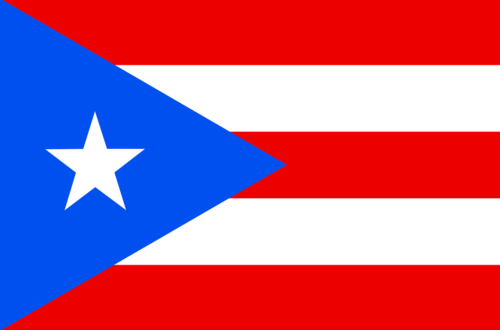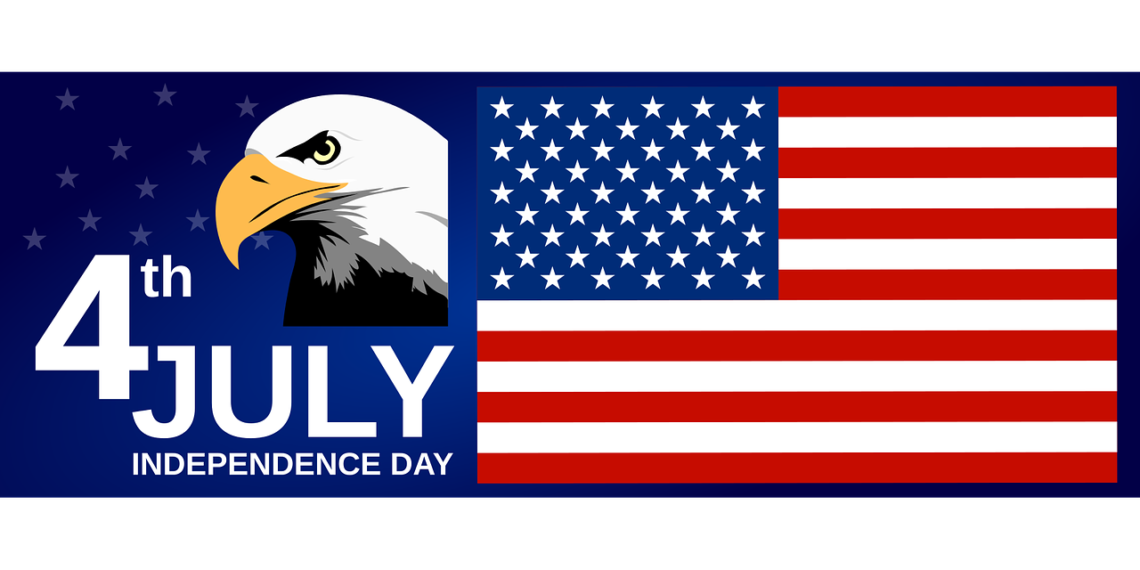
Interesting Facts About 4th of July: Unveiling the Intrigue
Facts About 4th of July
Every year, the United States of America bursts into a vibrant celebration on the 4th of July. Marking its Independence Day. But how much do we truly know about this iconic day?
From the tales of founding fathers like John Adams and Thomas Jefferson to the grandeur of fireworks displays, there’s a rich tapestry of history and fun facts waiting to be unraveled.
In this article, we’ll delve into some of the most interesting facts about 4th of July that will leave you both enlightened and entertained.
The Dawn of Independence
The Date Debate
While we celebrate Independence Day on July 4th. Did you know that the Second Continental Congress actually voted for independence from Great Britain on July 2nd?
John Adams even wrote to his wife Abigail that July 2nd “will be celebrated, by succeeding Generations, as the great anniversary Festival.”
So why the shift to July 4th? It was on this day that the Declaration of Independence was officially adopted, making it the date that went down in history.
Founding Fathers and Their Fates
In a twist of fate, both Thomas Jefferson and John Adams, two signers of the Declaration of Independence and former presidents, died on July 4th, 1826. James Monroe, another president, also passed away on July 4th, five years later. Their contributions to the formation of an independent nation remain a testament to their legacy.
Celebrations and Traditions
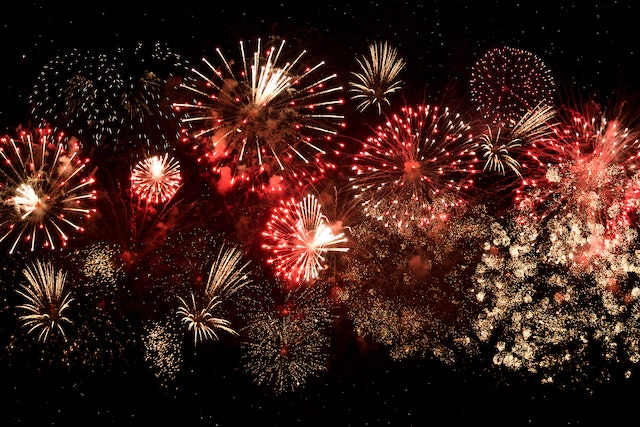
Fireworks and Their Origins
Fireworks displays have become synonymous with the 4th of July celebrations. The first grand exhibition of fireworks in honor of Independence Day took place in Philadelphia in 1777. A year after the signing of the Declaration of Independence.
Today, according to the American Pyrotechnics Association, over 16,000 firework displays light up the skies every 4th of July.
Feasting on the Fourth
Did you know that the National Hot Dog and Sausage Council estimates that Americans consume about 150 million hot dogs on the 4th of July?
From backyard barbecues to the famous Coney Island hot dog eating contest, where Joey Chestnut holds a record, this simple delicacy has become a staple of July 4th celebrations.
Symbols of Freedom

The American Flag
The American flag, with its stars and stripes, is a symbol of freedom and unity. Betsy Ross is often credited with designing the original flag, though this fact is debated among historians. Regardless of its origins, the U.S. Flag Code today provides guidelines on how to display and respect the flag.
The Liberty Bell
Another iconic symbol, the Liberty Bell in Philadelphia, is associated with the 4th of July, though it likely did not ring on the first Independence Day. However, it remains a symbol of American independence and is rung every 4th of July, albeit symbolically, as a nod to its historical significance.
The Evolution of Independence Day Celebrations
From Mock Funerals to Jubilant Parades
In the early years following the Declaration of Independence, many colonists celebrated the annual occasion by holding mock funerals for King George III. This symbolized the end of the British monarchy’s hold on America and the triumph of liberty.
Over time, these somber events transformed into the joyous parades we see today, celebrating the United States of America’s sovereign nation status.
Rhode Island’s Unique Stance
Interestingly, Rhode Island was the last state to recognize the 4th of July as an official state holiday. It wasn’t until 1900 that they joined the rest of the nation in this annual celebration.
This delay is a testament to the state’s rich history and its early declaration of independence from British rule in May 1776, two months before the rest of the colonies.
Did You Know?
A Musical Connection
The “Star Spangled Banner,” which became the national anthem of the United States, was inspired by the sight of the American flag still flying over Fort McHenry after a night of heavy British bombardment during the War of 1812. The lyrics, penned by Francis Scott Key, capture the resilience and spirit of the American people.
A Patriotic Palette
The colors of the American flag – red, white, and blue – hold significant meaning. Red symbolizes valor and bravery, white stands for purity and innocence, and blue represents vigilance, perseverance, and justice. These colors are now synonymous with American identity and are prominently displayed during 4th of July celebrations.

Frequently Asked Questions
Why do we celebrate the 4th of July?
The 4th of July, also known as Independence Day, marks the day the Second Continental Congress adopted the Declaration of Independence in 1776, proclaiming the thirteen American colonies as a new sovereign nation, separate from the British Empire.
Who were the key figures in the American Revolution?
Key figures include George Washington, John Adams, Thomas Jefferson, Benjamin Franklin, John Hancock, and many others. These individuals played pivotal roles in the fight for independence and the founding of the United States.
How did the tradition of fireworks on the 4th of July begin?
The tradition can be traced back to the first anniversary of the signing of the Declaration of Independence. John Adams, in a letter to his wife Abigail, envisioned that the day would be celebrated with “pomp and parade… and illuminations from one end of this continent to the other.”
Why are hot dogs associated with the 4th of July?
Hot dogs, or frankfurters, have European origins but became popular in the U.S. in the 20th century. Their association with the 4th of July likely stems from their ease of preparation and consumption during outdoor events and barbecues, making them a staple of summer celebrations.
Conclusion
The 4th of July is not just a date on the calendar; it’s a reflection of the American spirit, the struggles faced by the founding fathers, and the enduring legacy of a nation built on the ideals of freedom and democracy.
As we watch fireworks light up the sky or enjoy a hot dog with family and friends, it’s essential to remember and cherish the rich history and interesting facts about 4th of July that make this day truly special.
From the early mock funerals of King George III to the jubilant parades of today, the journey of Independence Day is a testament to the resilience, unity, and indomitable spirit of the American people.
The Influence of the 4th of July on Popular Culture
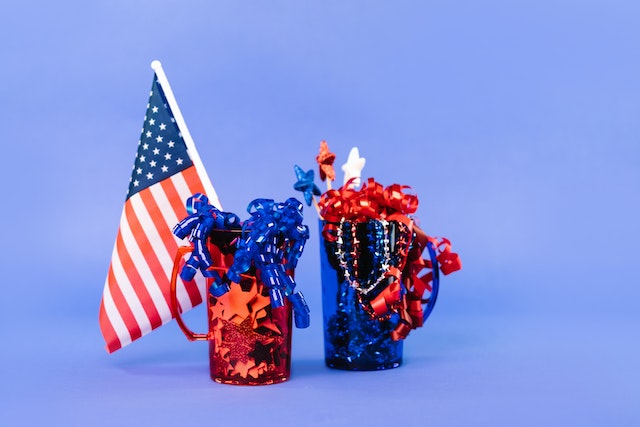
Movies and the 4th of July
Hollywood has often used the backdrop of Independence Day to showcase stories of heroism, unity, and the American spirit. Films like “Independence Day” and “Born on the Fourth of July” not only incorporate the holiday into their narratives but also delve into themes of patriotism, sacrifice, and national identity.
Music Celebrating Independence
Over the years, numerous artists have penned songs that capture the essence of the 4th of July. From patriotic anthems like “God Bless America” to contemporary hits that evoke summer and freedom, music has always played a pivotal role in Independence Day celebrations.
The Economic Impact of the 4th of July
A Boost for Retailers
The 4th of July isn’t just a day of celebration; it’s also a significant event for the economy. According to the National Retail Federation, Americans spend billions on food, fireworks, apparel, and other items specifically for their Independence Day celebrations.
This surge in spending provides a welcome boost for retailers, especially those in the food and beverage sector.
The Fireworks Industry
The American Pyrotechnics Association reports that the fireworks industry sees its most significant sales during the 4th of July season. With both professional displays and backyard celebrations, the demand for fireworks skyrockets, contributing significantly to the industry’s annual revenue.
Historical Landmarks and the 4th of July
The White House Celebrations
The White House, as the official residence of the U.S. President, has seen its fair share of 4th of July celebrations. From lavish parties to more intimate gatherings, every president has had their unique way of marking the day.
George Washington, for instance, gave his soldiers a double ration of rum to mark the first anniversary of the nation’s independence.
The Role of Newspapers
The Pennsylvania Evening Post was the first newspaper to print the Declaration of Independence on July 6, 1776. Newspapers played a crucial role in spreading the news of independence, with many offering detailed accounts of the celebrations and events that took place in its aftermath.
The Global Influence of the 4th of July

Independence Day Celebrations Abroad
While the 4th of July is quintessentially American, its influence can be seen globally. Many countries, especially those with significant American expatriate communities, host their own 4th of July celebrations. From barbecues in London parks to fireworks displays in Dubai, the spirit of the day transcends borders.
Inspiring Other Nations
The American Revolution and the subsequent declaration of independence inspired numerous other countries to seek their freedom. The ideals of liberty, democracy, and self-determination echoed around the world, influencing other nations in their quests for sovereignty.
Conclusion
The 4th of July is more than just a day; it’s a symbol of a nation’s journey from colonial rule to independence. The interesting facts about the 4th of July highlight the day’s significance, not just for Americans but for people worldwide.
As we reflect on the events, traditions, and influences of this day, it’s evident that the spirit of the 4th of July is deeply ingrained in the American psyche. Whether it’s the joyous celebrations, the solemn remembrances, or the global influences, Independence Day remains a testament to the enduring spirit of freedom and the pursuit of a better future.
The Lesser-Known Stories of the 4th of July

The Forgotten Signers
While figures like Thomas Jefferson and John Hancock are well-known, many signers of the Declaration of Independence remain in the shadows of history.
For instance, Roger Sherman, a delegate from Connecticut, is the only person to have signed all four of the U.S.’s major founding documents.
Charles Thompson, though not a signer, played a pivotal role as the Secretary of the Continental Congress and was trusted with the task of designing the Great Seal of the United States.
The Liberty Bell Myth
Contrary to popular belief, the Liberty Bell did not ring on July 4th, 1776. The iconic crack on the bell wasn’t due to the ringing for independence but was a result of a repair attempt many years later. The bell last rang for George Washington’s birthday in 1846, after which it was silenced to prevent further damage.
Modern Celebrations and Their Origins
The Nathan’s Hot Dog Eating Contest
A modern staple of the 4th of July celebrations is the Nathan’s Hot Dog Eating Contest held at Coney Island. But did you know that this event traces its origins back to 1916? Legend has it that four immigrants held the first contest to determine who was the most patriotic among them.
The Role of Technology
In fact, modern 4th of July celebrations are enhanced by technology. From synchronized firework displays set to music to live streaming of parades and events, technology has reshaped how we celebrate Independence Day, allowing for more immersive and inclusive experiences.
The 4th of July and Social Movements
A Day of Reflection for African Americans
Importantly, for many African Americans, the 4th of July has historically been a day of reflection on the nation’s ideals versus its realities. In fact, the famous speech “What to the Slave is the Fourth of July?” by Frederick Douglass in 1852 highlighted the contradictions of celebrating freedom in a nation that still upheld slavery.
Women’s Role in the Revolution
While the narrative of the American Revolution often centers on male figures, women played crucial roles in the fight for independence.
Abigail Adams, for instance, was not only a supportive wife to John Adams but also a keen political thinker and advisor. Her letters to her husband contain insights and advice on various political matters, including women’s rights.
The Evolution of Independence Day Over the Years
From Localized to Nationwide Celebrations
Initially, the 4th of July celebrations were localized events, with towns and cities hosting their parades, fireworks, and festivities. However, with the advent of media and transportation advancements, the celebrations became more unified, with national events being broadcast across the country.
The Commercialization of the 4th of July
Like many holidays, the 4th of July has seen its share of commercialization. Thus, brands and businesses capitalize on the patriotic spirit. Offering sales, promotions, and themed products.
While some argue that this detracts from the day’s significance, others see it as a testament to the holiday’s enduring popularity and cultural relevance.
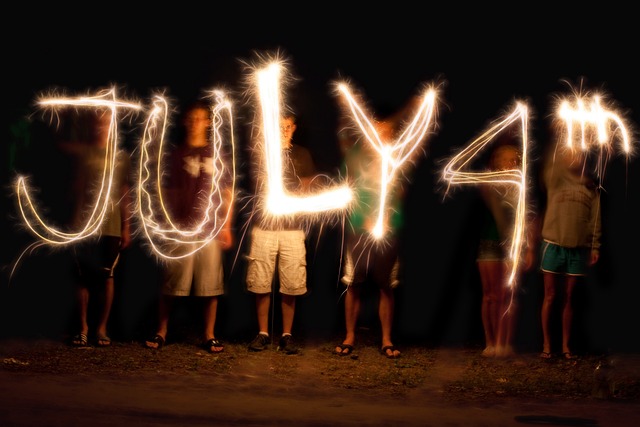
The 4th of July Conclusion
The 4th of July, with its rich tapestry of history, traditions, and stories, remains a cornerstone of American identity.
As we delve deeper into the lesser-known facts and modern interpretations of Independence Day, it’s clear that its significance extends beyond a mere date on the calendar.
I would like to suggest that you now delve into The Best 25 Interesting Facts About Georgia Colony a fascinating read.
Finally, it’s a reflection of America’s past, present, and future – a day that encapsulates the nation’s struggles, triumphs, and aspirations. As we celebrate with fireworks, barbecues, and parades, let’s also take a moment to reflect on the deeper meaning of this day and the ideals it represents.




